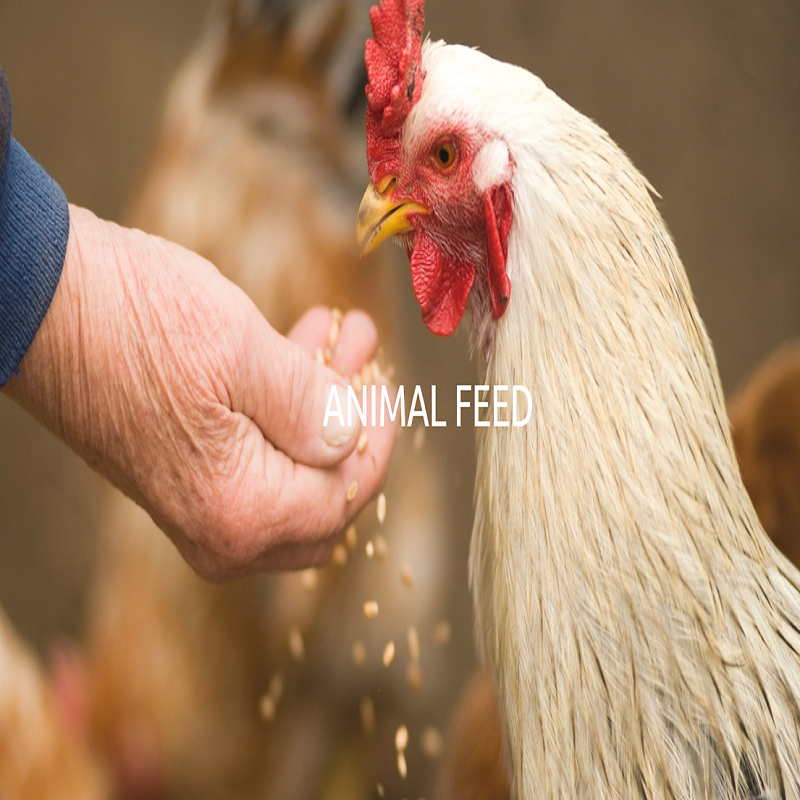Betaine in animal feed, more than a commodity
Betaine, also known as trimethylglycine, is a multifunctional compound, found naturally in plants and in animals, and also available in different forms as an additive for animal feed. The metabolic function of betaine as a methyldonor is known by most nutritionists.
Betaine is, just like choline and methionine, involved in the methyl group metabolism in the liver and donates its labile methyl group for the synthesis of several metabolically important compounds such as carnitine, creatine and hormones (See Figure 1)

Choline, methionine and betaine are all related in the methyl group metabolism. Therefore, supplementation of betaine can reduce the requirements for these other methyl group donors. Consequently, one of the well-known applications of betaine in animal feed is replacing (part of the) choline chloride and added methionine in the diet. Depending on market prices, these replacements in general save feed costs, while maintaining performance results.
When betaine is used to replace other methyldonors, betaine is rather used as a commodity, meaning dosage of betaine in feed formulation can be variable and depends on prices of related compounds such as choline and methionine. But, betaine is more than just a methyl donating nutrient and inclusion of betaine in feed should be considered as a means of improving performance.
Betaine as osmoprotectant
Besides its function as a methyldonor, betaine acts as an osmoregulator. When betaine is not metabolised by the liver in the methyl group metabolism, it comes available for cells to use as an organic osmolyte.
As an osmolyte, betaine increases intracellular water retention, but moreover, it will also protect cellular structures like proteins, enzymes and DNA. This osmoprotective property of betaine is very important for cells experiencing (osmotic) stress. Thanks to the increase in their intracellular betaine concentration, stressed cells can better preserve their cellular functions such as enzyme production, DNA replication and cell proliferation. Due to the better preservation of cellular function, betaine may have the potential to improve animal performance especially under specifc stress situations (heat stress, coccidiosis challenge, water salinity, etc). The additional supplementation of betaine to the feed has proven to be benefcial in different situations and for different animal species.
The positive effects of betaine
Probably the most studied situation regarding to the benefcial effects of betaine is heat stress. A lot of animals live in environmental temperatures that exceed their thermal comfort zone, leading to heat stress.
Heat stress is a typical condition where it is important for animals to regulate their water balance. By its ability to act as a protective osmolyte, betaine relieves heat stress as indicated for example by lower rectal temperatures and less panting behaviour in broilers.
Reduction of the heat stress in animals promotes their feed intake and helps in maintaining performance. Not only in broilers, but also in layers, sows, rabbits, dairy and beef cattle, reports show the benefcial effects of betaine in keeping up performance during hot weather as well as high humidity. Also, to support gut health, betaine can help. Intestinal cells are continuously exposed to the hyperosmotic content of the gut and in case of diarrhoea, osmotic challenge for these cells will even be higher. Betaine is important for the osmotic protection of the intestinal cells.
Maintenance of water balance and cell volume by intracellular accumulation of betaine results in improvement of gut morphology (higher villi) and better digestibility (due to a well-maintained enzyme secretion and the increased surface for nutrient absorption). The positive effects of betaine on gut health are especially pronounced in challenged animals: e.g. poultry with coccidiosis and weaning piglets.
Betaine is also known as a carcass modifer. The multiple functions of betaine play a role in protein-, energy- and fat metabolism of animals. Both in poultry and pigs, higher breast meat yield and lean meat yield respectively, are reported in a large number of scientifc studies. The mobilisation of fat also results in lower fat content of carcasses, improving carcass quality.
Betaine as a performance enhancer
All the reported positive effects of betaine show how valuable this nutrient can be. Addition of betaine to the diet therefore should be considered, not only as a commodity to replace other methyldonors and saving feed costs, but also as a functional additive to support animals’ health and performance.
The difference between these two applications is the dosage. As a methyldonor, betaine often will be used in feed at dosages of 500ppm or even lower. To enhance performance typically dosages of 1000-to-2000ppm betaine are used. These higher dosages result in unmetabolised betaine, circulating in the body of the animals, available for uptake by cells to protect them against (osmotic) stress and consequently supporting animal health and performance.
Conclusion
Betaine has different applications for different animal species. In animal feed betaine can be used as a commodity for feed cost savings, but it can also be included in the diet to improve animal health and to enhance performance. Especially nowadays, where we try to minimize the use of antibiotics, supporting animals’ health is of great importance. Betaine certainly deserves a place in the list of alternative bioactive compounds to support animal health.
